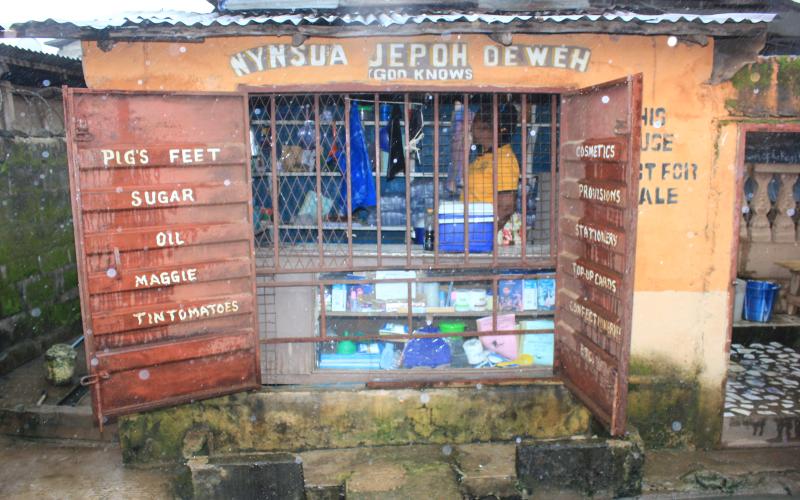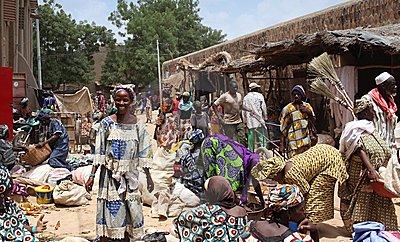
Microfinance means much more than simply the lending of money. Originating from a movement that envisioned a world in which low-income households had access to financial services previously only accessible to those with higher incomes, it provides small businesses and micro-entrepreneurs with access to a variety of different financial services, including credit, insurance, training, and remittances, amongst others. It aims to provide long-term access to these resources, and to enable those experiencing poverty to begin generating incomes for themselves, the first step towards alleviating poverty.
The poor are often overlooked as potential clients for financial support from banks, as the banks associate costs and risks with lending money to those with little or no income. The potential clients may have their own land, but often they do not possess the legal title to it, and have little other assets that the banks take into consideration. How can the poor ever be expected to change their financial and economic situation if no one will invest in them? They have unavoidable financial expenditures too, be it for marriages, medicines, travelling to medical facilities and the costs involved in using them, or dealing with the effects of natural disasters. This is where microfinance steps in. Microfinance offers the poor an affordable, reliable and honest means of borrowing money, and most microfinance initiatives encourage this money to be used for productive purposes, putting the poor on the path to financial independence.
The involvement of microfinance initiatives has many positive effects for the service users, the most obvious being that it helps them to overcome their material poverty. Aside from this, microfinance can psychologically empower service users, by helping them to realise their full potential. The benefits of microfinance can be felt by many in the community, not just the individual. In many African nations, women are more often overlooked than men when seeking financial support from banks. Yet it is women who are more likely to use their new income for the benefit of their entire household, including their children. Microfinance initiatives are able to target disadvantaged women who have not previously been fortunate enough to have such opportunities. In turn, this frequently has the effect of empowering women to speak out in other circumstances that reach beyond their workplace.

The most effective microfinance models are those that look at the community’s traditional methods of money management and saving. By integrating these with a system of microfinance, community members are able to engage in a financial system with which they are familiar and are able to understand. Such models are also more likely to be sustainable within the local community. Microfinance initiatives enable different individual service users to support each other, as different micro-entrepreneurs establish business links with each other. Many micro-enterprises grow and expand to sufficient sizes to provide sources of income for increasing numbers of people.
Microfinance is a vital lifeline to the poor because it enables them to access not only the funding and services that they would otherwise not be able to, but it also enables them to access a completely new way of life. The poorest of the poor and the socially marginalised are given a step on the ladder to self-sufficiency, without the danger of becoming dependent, as they are given control and begin to have a say in their financial future.
By Megan Kinsey

